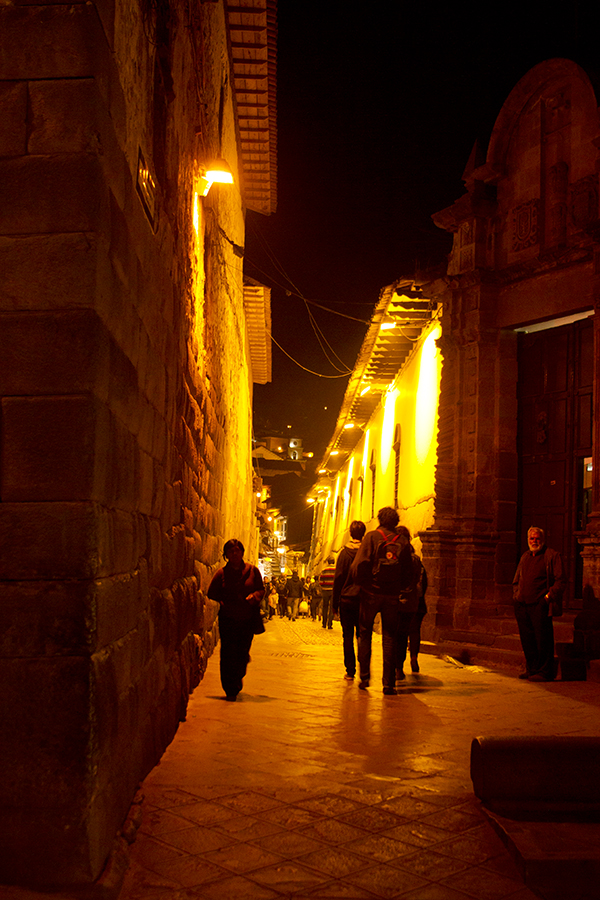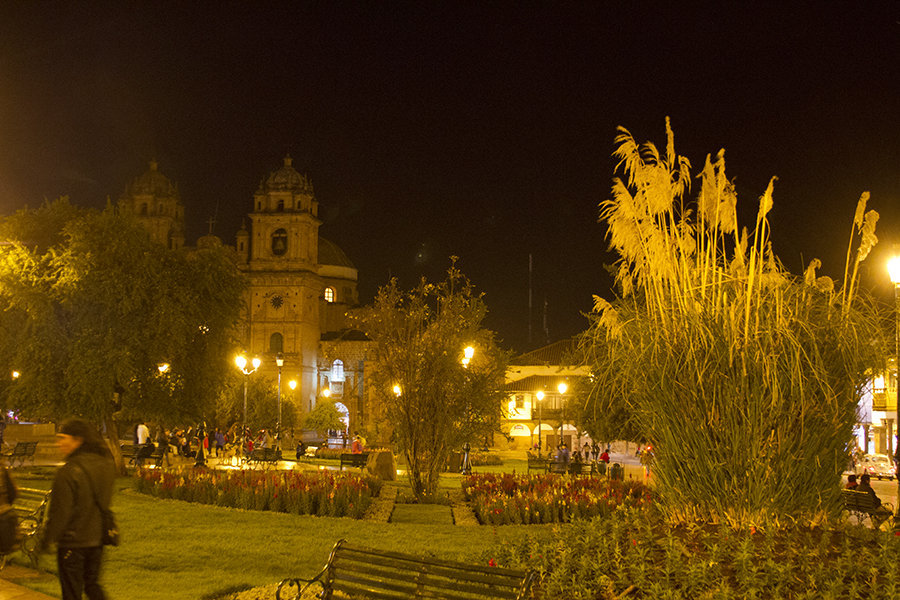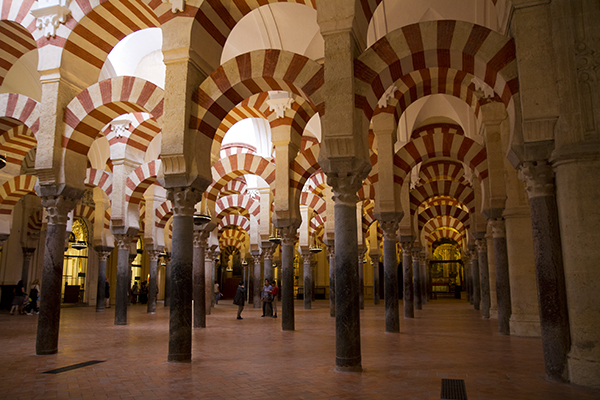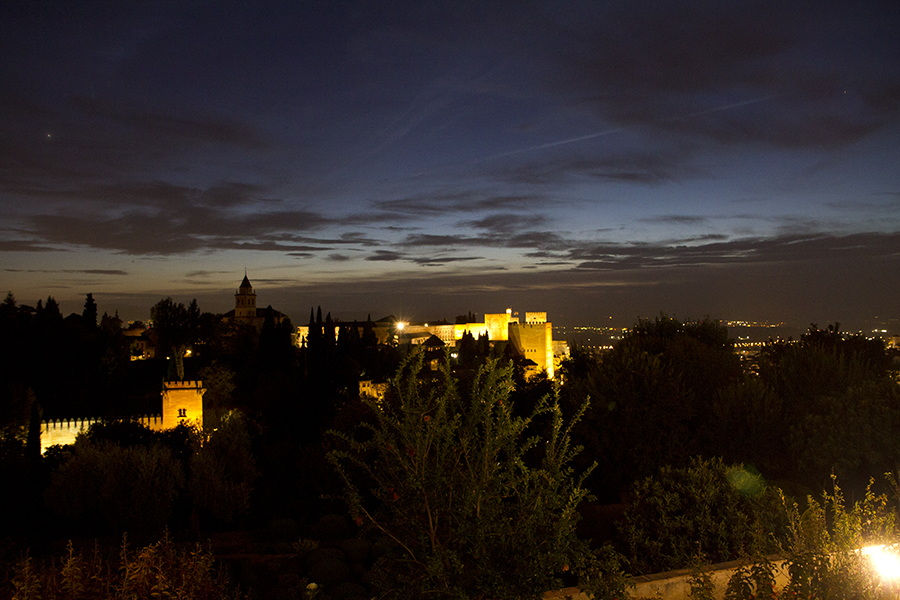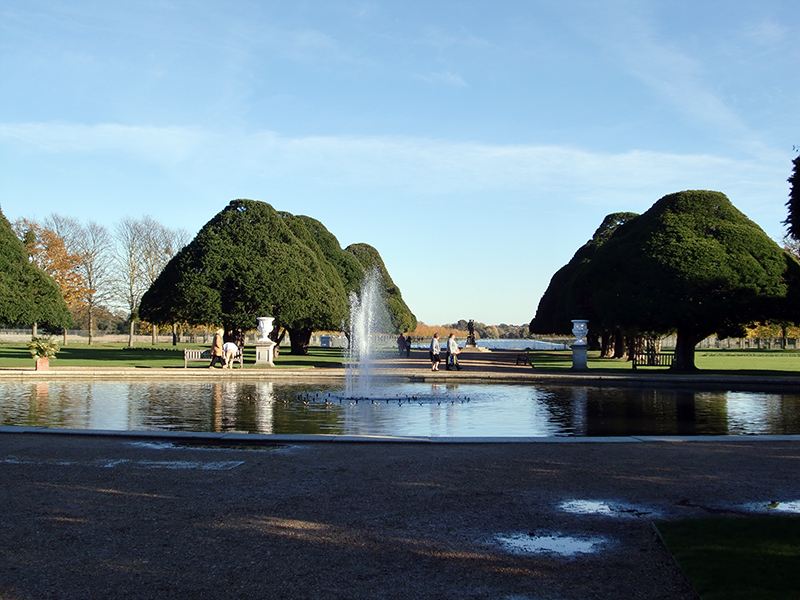We are slowly starting to travel again, in small steps…
We decided that we did not want to go too far, and not across more than one border. Our first trip was to Auvergne, right in the center of France, a region that neither of us had visited before.
And in Auvergne, the first thing we did was an early morning flight in a hot air balloon! How early? See below!

This was the clock in our apartment as we were eating breakfast – cannot go out without some food and a cup of coffee. The real breakfast will be after the balloon trip.

We had to meet across the street from the apartment (fortunately) at 5:30 AM and discovered that there was quite a crowd already waiting. That photo is actually quite deceptive as at 5:30 AM, it is still dark! We finalized the formalities and were introduced to Stanislas, our “pilot” for the day and the gentleman on the right. After introductions with the rest of our crew (we were in a small balloon with only 4 passengers + pilot) we were off to a nearby field in order to prepare the balloon for flight. You can see our basket in the lower left photo.

Here you can see the various steps in the preparation of a balloon for flight. The passengers are actually doing quite a bit of the work, under the directions of the pilot and one or more helpers. On today’s flight, there will be four balloons, which could be quite interesting as we will not be the only ones up in the air. After unloading the basket, the balloon shell is stretched out and securely attached to the basket. The balloon is inflated initially with powerful fans and only once it is well inflated, it is heated up with the burners to get lift. That will be the next step for the crew of “Auvergne Montgolfière”, the red balloon here carrying the name of the company we are flying with.
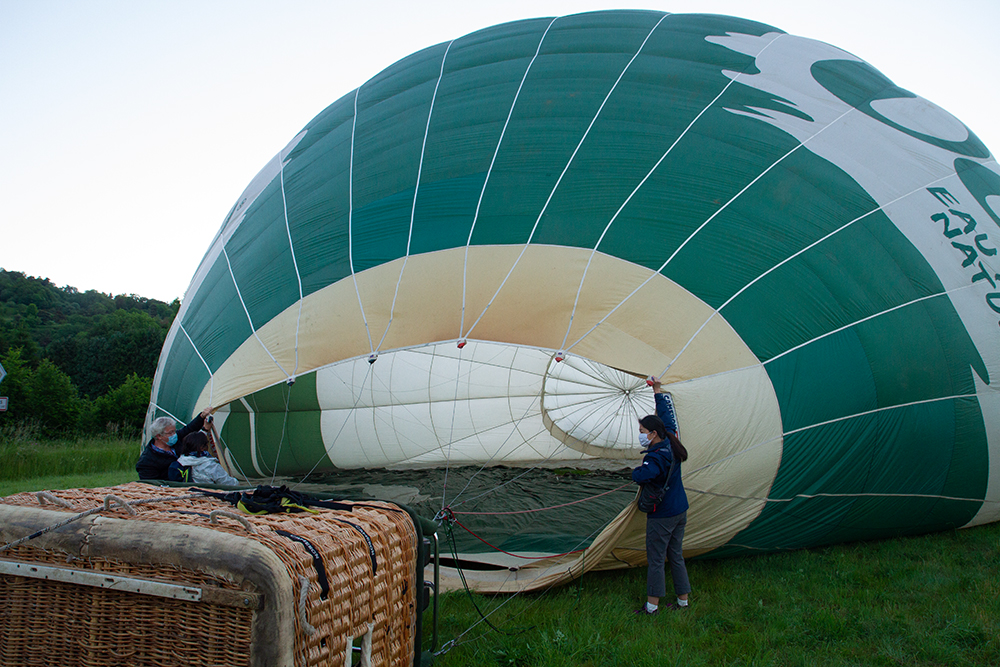
This is our balloon being inflated with one fan – it is called “Volvic” after a local water. It is quite noisy actually as the fan is powered by a petrol engine! No power necessarily where you want to start your flight. The departure point is determined to give us the best possible flight, carried by the dominant wind. As we saw during the flight, there is a possibility to steer the balloon in flight by changing height, actually, a lot more than I thought but the general direction is still dictated by the wind.

Continue reading “Auvergne from above”
(12 Page Views)








